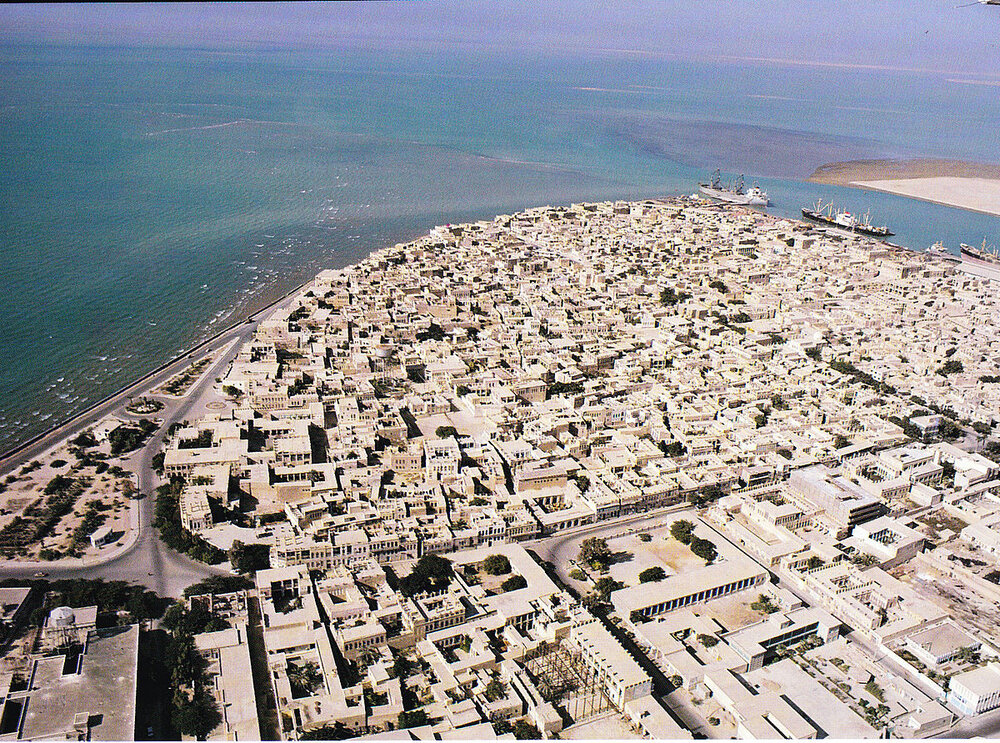16 historical mansions in Bushehr restored for tourism

TEHRAN – A selection of 16 aging mansions, which are located in the historical core of Bushehr, have been restored to the former state so as to attract visitors to the southwestern Iranian port city.
“11 of the monuments restored using the government funding and five ones were restored by private investors aimed to support economic prosperity and job creation,” CHTN quoted the deputy provincial tourism chief as saying on Tuesday.
At present, several other buildings in this historical texture have been handed over to the private sector, and their restoration operations will begin soon, Nasrollah Ebrahimi added.
Ebrahimi said the re-creation of the historical core of Bushehr requires the cooperation of all executive bodies.
To gain a UNESCO statue for this historical core, our attitude and efforts must be serious, special, and comprehensive so that the owners [of historical monuments and sites] are encouraged for having their properties restored, which will be beneficial to the public sector, the official explained.
Over the past couple of years, hundreds of historical places and monuments have been similarly ceded to the private sector across the country.
Upon an initiative scheme, the Fund (known by its Persian acronym Saabta) provides the opportunity for privately-owned businesses to run certain old structures to be maintained and repurposed into hotels, traditional restaurants, or lodging places.
According to cultural heritage officials, this sort of investment seems to be attractive for private investors, because accommodation in [well-preserved] monuments is attractive for both domestic and foreign tourists.
Bushehr province is home to various archaeological mounds including Tall-e Khandaq with Sassanid architectural style, Tall-e Marv located near an Achaemenid Palace, and Qajar era Malek al-Tojar Mansion.
It lies near the head of the Persian Gulf at the northern end of a flat and narrow peninsula that is connected with the mainland by tidal marshes. It embraces significant monuments from the Elamite, Achaemenid, Parthian, and Sassanid eras.
Siraf in Bushehr province was the most important Iranian port during the Sassanid period bearing plentiful evidence of Persian mastership and genius in seafaring, international relations, and interaction with other near and far cultures and civilizations. Between 1966 and 1973, the British Institute of Persian Studies conducted seven seasons of excavation and survey at Siraf, which was a major city on the Iranian shore of the Persian Gulf that played a leading role in the network of maritime trade that supplied Western Asia with the products of India, the Far East, and Eastern Africa between 800 CE and 1050.
Siraf had a population of about 300,000 during the early Islamic era and this fact shows that it was a large city. However, today, just about 7,000 people live in Siraf in a small area. The historical and architectural monuments of Bushehr include Islamic buildings like mosques and praying centers, mansions, old towers, castles, as well as gardens.
Iran hosts some of the world’s oldest cultural monuments including bazaars, museums, mosques, bridges, bathhouses, madrasas, gardens, rich natural and rural landscapes, 26 of which are UNESCO World Heritage.
AFM

Leave a Comment